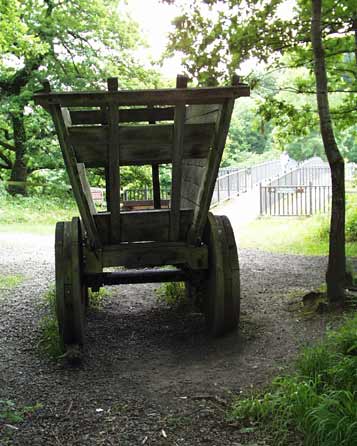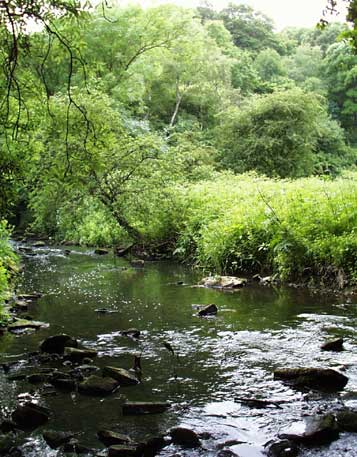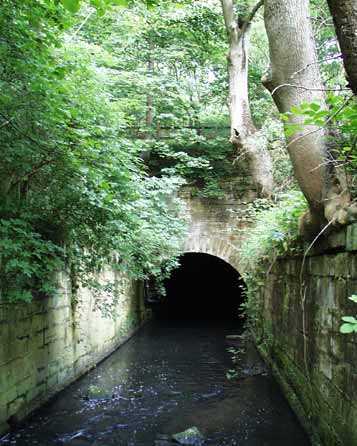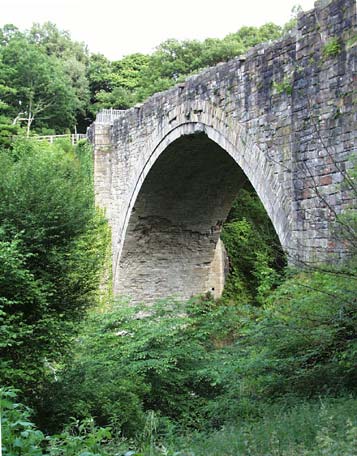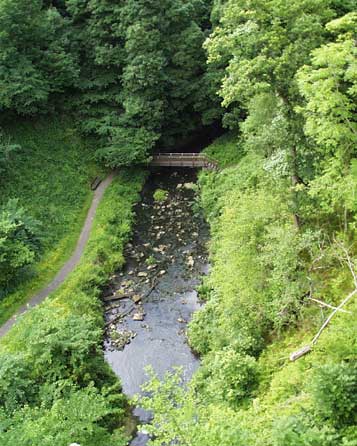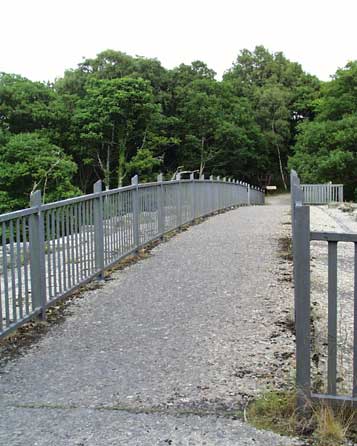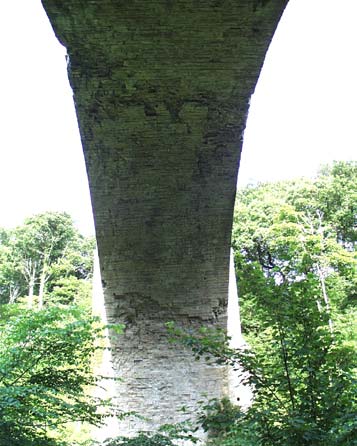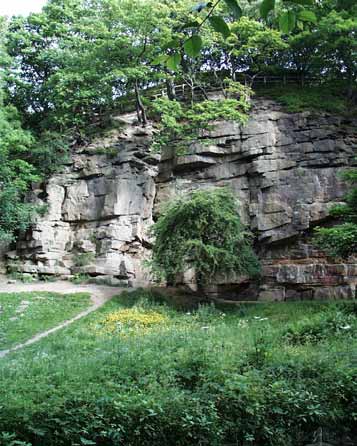 |
|
Old King Coal
Mon. 2nd July, 2001
|
 |
 |
|
That old adage; "coals to Newcastle" was true for centuries, and only came to an end during the mid 1980s when
the Tory Thatcher demolished the coal industry to prove a political point.
The coalfields of Durham and Northumberland
had been active since before the American colony broke away from the Empire, before Captain Cook discovered Australia and New Zealand, and before the invention of steel production on a commercial basis.
The coal from here, as well as the deep and seemingly inexhaustible reserves at Nottingham, Derbyshire and Wales was the power source for the forthcoming Industrial Revolution.
Coal owners needed
to shift their product from the pit head to the mighty River Tyne where it could be loaded onto ships for its journey to the industry and cities in the south. Here at Tanfield, between Stanley and Sunniside
in the hills of Durham, a group was formed to build a waggonway for the 13km (8.1 miles) between the pit and the river.
The track had to cross the Causey Burn twice. The little river flows in a deep
valley and two ingenious solutions were found. |
|
|
|
|
|
 |
 |
|
One brute force solution was to build a culvert through which the river could flow, and then to deposit many
thousands of tonnes of earth to form a flat ridge high above the river.
This ridge is still used today by the modern road, built in the 1930s, and a railway line built in the days of steam and steel,
recently reconstructed and used to run preserved trains. This culvert was built in 1723, well before the invention
of mechanical diggers. The earth was shifted by hand and horse. |
|
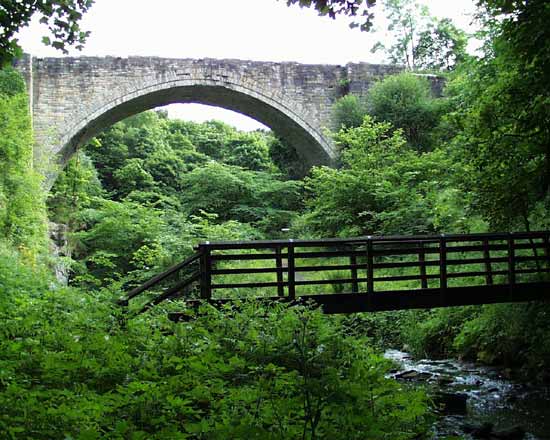 |
 |
|
The other solution was to build a bridge over the river. Ralph Wood, a local stone mason, was engaged to attempt
the task. No such single span bridge of this size had been attempted until then and he used Roman technology and extended the idea of a compression arch with massive abutments to the valley sides. Indeed,
only the steep valley sides made the venture possible.
Can you imagine his heart stopping feelings when the wooden internal formers were removed from the arch and it settled into compression.
Construction lasted for a year and it was opened for business in 1725. |
|
|
|
|
 |
 |
|
The view from the top of the archway gives an impression of the height above the river.
It would be thirty
years before the size of this single arch was exceeded.
The waggonway consisted of two tracks of wooden rails, one for the loaded waggons and the other for the empties. The track for the full trucks
was twice as deep as that for the empties so as to even the wear. The waggons were hauled by horses, but in places, by a clever use of pulleys and ropes, the full trucks going down the slope could pull the
empty ones back up the hill!
At its height, the bridge carried a waggon every 20 seconds with a 45 metre headway. |
|
 |
|
After a few years some of the nearer pits closed, and in 1740 there was a terrible fire at the Tanfield colliery
and it was closed. By the end of the 18th century it was little used.
It is difficult to imagine that almost a thousand trucks per day passed this way.
Here the waggonway travelled over the
bridge with a low parapet. Today's visitors are protected from hurtling to oblivion by those super safe railings.
After almost 200 years of neglect the arch was in danger of collapse. Some of the
supporting cliff had fallen away. Trees grew from the deck and their roots threatened to split the masonry asunder. |
|
|
|
|
 |
 |
|
During the 1970s The Durham County Engineer had the daunting task to correct these problems and preserve the
structure for the future.
The stonework was consolidated by injecting resins by a vacuum process, and further strengthened by reinforcing and massive steel bolts.
The cliff sides were rebuilt
to support the compressive forces and finally paths, stairs, little wooden footbridges, and a car park and information point was built. The project was completed in 1981. |
|
|
A nearby cliff is used by climbers for practice sessions. High above, just behind the trees, the waggonway is now a
footpath through the woods.
This quiet rural spot, so close to the teeming conurbation of Newcastle and Gateshead is a really pleasant oasis of tranquility.
Summer weekends find this place well
visited, as is the nearby Tanfield Railway. This visitor attraction is fun for young and old alike, and runs
every Sunday as well as all weekend at summer bank holidays. Look out for the special steam extravaganzas and teddy bear's picnic runs.
This is history enlivening the present. |
|
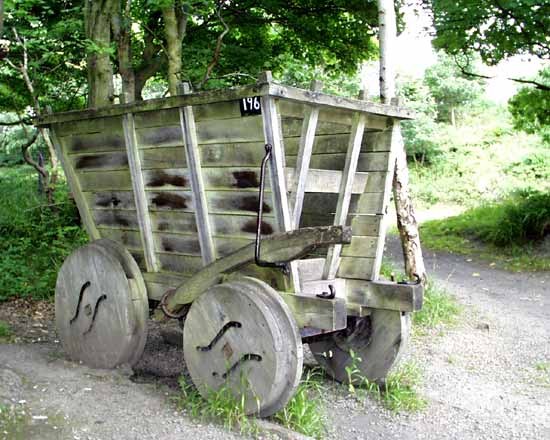 |
 |
 |
|
Site and contents (unless otherwise stated) © Tim. Pickford-Jones and Timmonet, Newcastle upon Tyne,
United Kingdom. |
|
 |
 |
 |
 |
|
 |
|
If you should arrive here via a search, or be missing the navigation on the left hand side, click this button.
|
|
|

|
|
|



